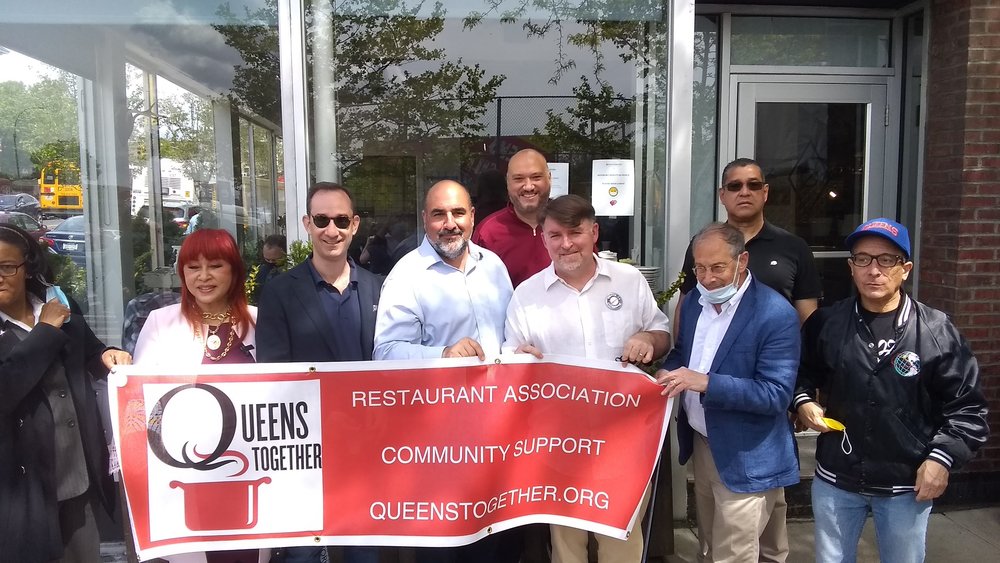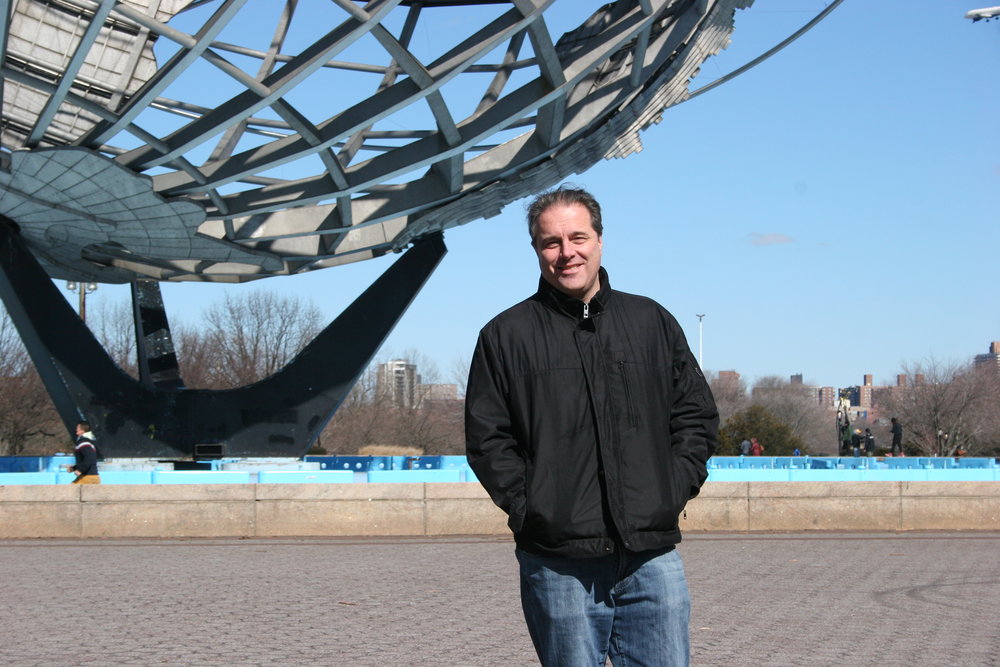Groups spread word about restaurant fund
The restaurant industry was hit hard during the COVID-19 pandemic, with one dire forecast predicting close to half of all food and restaurant businesses in Queens would shutter by year’s end.
To help revitalize the industry, the Biden Administration created the Restaurant Revitalization Fund, which provides grants for restaurants and bars equal to their pandemic-related revenue loss, with a cap of $10 million per business and $5 million per location.
Members of Queens Together and the Queens Economic Development Corporation (QEDC) gathered outside The Queensboro restaurant in Jackson Heights last Friday to urge business owners to file applications to get a share of the $28 billion fund.
They handed out flyers in six different languages promoting the fund. Over the next two weeks, they plan to do the same in Rosedale, Jamaica, Laurelton, Flushing, Elmhurst, Astoria, Corona and Long Island City.
“We need restaurants to file the application as soon as possible because it’s a federal program and people across the country will be applying,” said Shurn Anderson from the office of Borough President Donovan Richards.
The application for the grant, which doesn’t have to be repaid if it is used by 2023, can be accessed online at the Small Business Administration website or by contacting QEDC, which will offer filing assistance to business owners.
Through May 24, the SBA will only approve applications from businesses that are majority-owned by women, veterans, or those who are socially and economically disadvantaged.
Ahead of a full reopening of restaurants on May 19, Jonathan Forgash from Queens Together, a grassroots group created at the start of the pandemic to advocate for the restaurants, painted a picture of an industry in deep distress.
As of last December, he said 92 percent of small businesses couldn’t afford the rent.
QEDC executive director Seth Bornstein said everyone in the restaurant industry has been hurt by the pandemic. He said it wasn’t just the restaurants that were hurt, but their suppliers as well.



